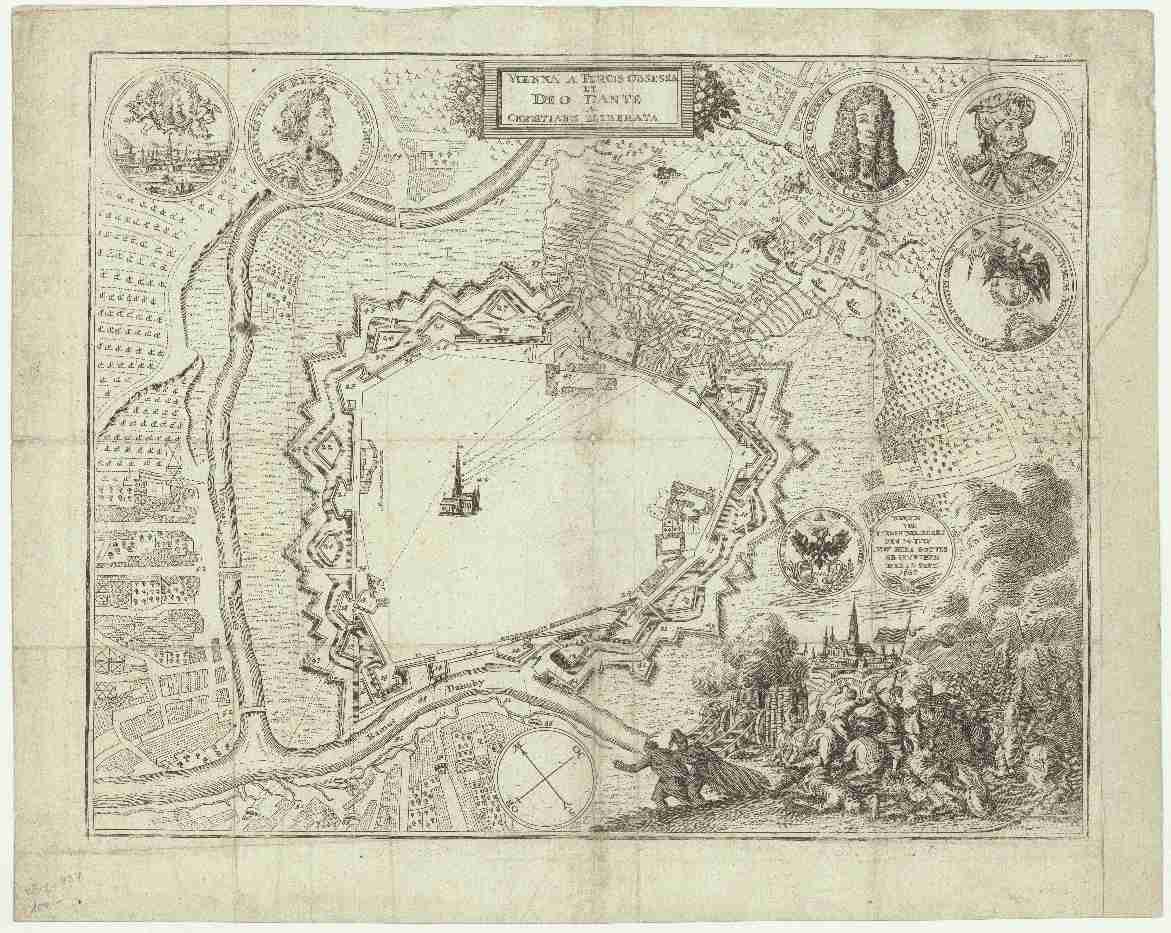On the 28th of March 2018, Professor Chet Van Duzer from the Stanford University (California, US) presented the guest lecture “With Savage Pictures Fill their Gaps: Cartographer’s Fears of Blank Spaces” at Charles University’s Faculty of Arts‘ central library.
The main thesis of the lecture was based on the observation that European maps from the sixteenth to the early eighteenth centuries contain significant spaces filled with what appear to be ‘decorations’. There is a possibility that this inclination could have sprung from cartographers’ horror vacui, or their fear of blank spaces. Although some scholars do not support this thesis, Professor Van Duzer regards it pertinent to re-examine this alternative. Various maps from different periods during this time frame were showcased by his lecture. Maps were filled with items such as imagined creatures (e.g. monsters) and inanimate objects (e.g. banners). In fact, Professor Van Duzer dedicated a book to one aspect of this theme, titled ‘Sea Monsters on Medieval and Renaissance Maps’ (2013).
 The lecture was conducted with questions and answers during, as well as after the presentation. An interesting part of the discussion concerned the very idea of horror vacui; and whether it should necessarily be attributed to the cartographer. It was not uncommon for maps of the time to be done on commission, therefore someone like the patron could have had input on what was included on the map. Hence it is possible that horror vacui may alternatively be attributed to the patron.
The lecture was conducted with questions and answers during, as well as after the presentation. An interesting part of the discussion concerned the very idea of horror vacui; and whether it should necessarily be attributed to the cartographer. It was not uncommon for maps of the time to be done on commission, therefore someone like the patron could have had input on what was included on the map. Hence it is possible that horror vacui may alternatively be attributed to the patron.
Another alternative is that perhaps the existence of those ‘decorative’ elements on maps had nothing to do with horror vacui, but were instead associated with the cartographer’s or the patron’s artistic choice, which may have followed the ‘decorative’ trend of the time. It is indeed possible to find manuscripts of that time containing items of a similar kind.
When Professor Van Duzer was faced with the question of what could be used as a measure of horror vacui?, he suggested that density may be an option. It is observable that empty spaces were filled with many ornaments. However, one cannot help but to ask if there is anything else that could justify the quantity of those objects on the maps? Again, perhaps it could be explained merely as a fashionable tendency of the time.
Towards the end of the lecture a further observation was made, namely, that horror vacui seemed to decline (i.e. ‘decorative’ elements decreased) during the seventeenth and eighteenth centuries in Europe (e.g. consider Nicolas Samson’s maps). According to Professor Van Duzer, the idea is that maps came to be perceived more as scientific tools. If this is the case, it would be interesting to find out if there is any correlation between this and the scientific developments (and religious beliefs) of the time? In other words, could a change in the conception of the world be associated with the way cartographers created maps?
At the end of the lecture, students asked further questions, including what was the price of a map in its day? Who could afford it? Professor Van Duzer provided insight regarding these questions, and added further remarks on the topic, including that maps had different functions, such as educational, decorative or orientative. These insights pointed to the attractive and fundamental question of: what is the purpose of a map?














